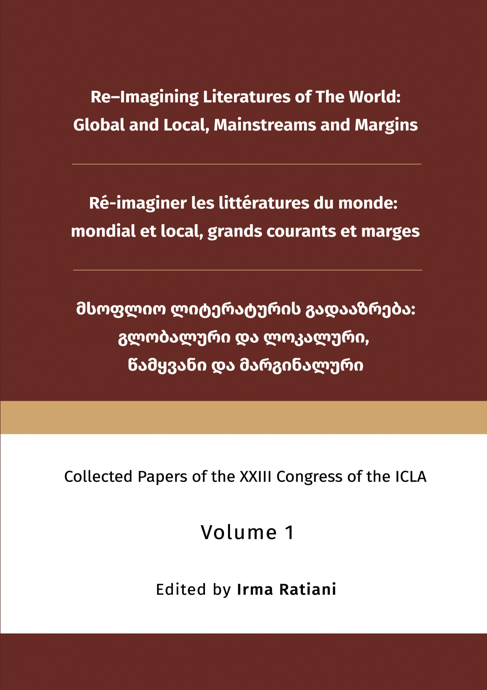From Street-Life to Cruising in the Park: Queers & the Dancefloor (1978-1988)
Main Article Content
Abstract
It is only in recent decades that appraisal of pop music has gained footing in academic musicology studies. Intersections of pop and queer sexualities have since been well documented. However, this paper argues that comprehensive analysis of the role and impact on queer audiences, of the dance floor, and its musical soundtrack, has remained relatively uncharted. The paper commences in 1978, a point by which disco had saturated the lexicon of mainstream North American and European pop cultures (Echols, 2010). Outlining its trajectory, and the subsequent backlash provoked by its perceived challenges to heteronormativity, the paper questions the notion of the reputed ‘death of disco’. Here, the genre of Hi–Nrg is introduced and explored, as proof of disco’s musical evolution, and for its pio-neering embodiment of“ [...] gay life on the dancefloor” (Jones & Kantonen, 1999, p.145). The significant role pop music can play in relation to individual identity formation LGBTI/queer constructions (Dhoest, Herreman& Wasserbauer, 2015) is then considered. Its proven dexterity, as a fostering agent with the capacity to imbue a sense of mutual connectivity among audiences (Gill, 1995; Siegel, 2001), is also explored. Leading to further analysis, of the importan-ce and role of ‘safe spaces’ to queer audiences, and in offering examples of lyrical, pop artifacts from the period, the paper builds a picture of the dance floor’s transnational function, as vital space for queer audiences.
